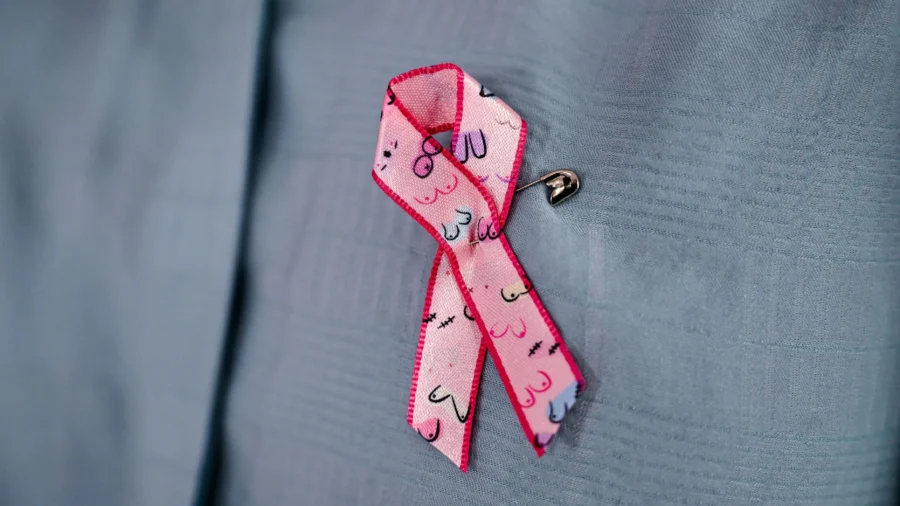A new study from the American Cancer Society (ACS) says that some 40 percent of new cancer cases and nearly half of cancer deaths in adults aged 30 and older in 2019 could have been prevented with lifestyle changes.
“These are things that people can practically change—how they live every single day—to reduce their risk of cancer,” ACS chief patient officer Dr. Arif Kamal told NTD News in an email statement.
Smoking contributed to almost one-in-five new cancer cases and nearly a third of cancer deaths in the study. Other major risk factors were being overweight, consuming alcohol, poor diet, lack of physical activity, lots of ultraviolet light exposure, and certain infections that contribute to some types of cancer.
The researchers looked at 18 risk factors that can be modified with lifestyle changes and how they impacted 30 different types of cancer.
The risk factors were linked to over 700,000 new cancer cases and over 262,000 deaths, according to the study.
Lung cancer from smoking represented the largest number of cancer cases in the study—some 104,000 cases in men and 97,000 in women.
After smoking, excess body weight was associated with more than a third of deaths from endometrial, gall bladder, esophageal, liver, and kidney cancers.
After lung cancer, female breast cancer was second in terms of preventability, followed by skin melanoma and colorectal cancer.
Because female breast cancer and skin melanoma do not have high death rates, however, preventable deaths from colorectal cancer ranked second after lung cancer’s 122,740 preventable deaths, with 25,800. Liver cancer represented 14,720 preventable deaths, and esophageal cancer counted for 13,600 preventable deaths in the study.
For 19 of the 30 cancer types examined in the study, more than half of the cancer cases and deaths could be attributed to lifestyle risks that have the potential to be changed.
“Despite considerable declines in smoking prevalence during the past few decades, the number of lung cancer deaths attributable to cigarette smoking in the United States is alarming. This finding underscores the importance of implementing comprehensive tobacco control policies in each state to promote smoking cessation, as well as heightened efforts to increase screening for early detection of lung cancer, when treatment could be more effective,” said Dr. Farhad Islami, the senior scientific director of cancer disparity research at the American Cancer Society and the lead author of the report, in a press release.
“Interventions to help maintain healthy body weight and diet can also substantially reduce the number of cancer cases and deaths in the country, especially given the increasing incidence of several cancer types associated with excess body weight, particularly in younger individuals,” he said.
Cervical cancer and Kaposi sarcoma were deemed to be caused by preventable risk factors at a rate of 100 percent, while another eight cancers (skin melanomas, anal, larynx, lung and bronchus, pharynx, trachea, esophagus, and oral cavity cancers) were more than 80-percent attributable to risk factors that could be modified.
Dr. Ahmedin Jemal, the senior vice president of surveillance and health equity science at the American Cancer Society and a senior author of the study, recommended vaccines as one of the available measures for preventing infections like hepatitis B, which can cause liver cancer, and HPV, which can cause several cancer types, including cervical, other anogenital, and oropharyngeal cancers.
“Vaccination at the recommended time can substantially reduce the risk of chronic infection, and consequently, cancers associated with these viruses. HPV vaccination uptake in the United States is suboptimal,” he said.
However, vaccines are only one way to lower cancer risk. The study suggests that lifestyle changes—such as quitting smoking and avoiding secondhand smoke, eating fewer processed foods and red meat in favor of lean meats, fruits, and vegetables, and getting regular exercise—seem to have a much bigger impact on cancer diagnoses and deaths.

